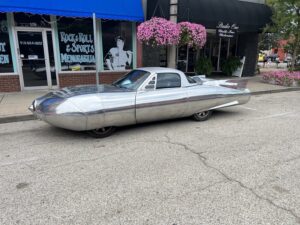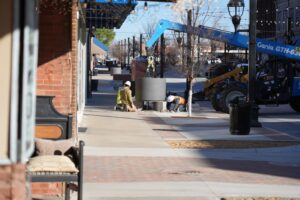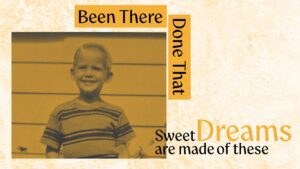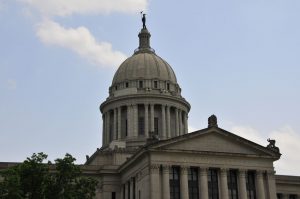When he was 63 years old, Keldon Wilds finally told his secret. His wife, Elizabeth, a Hungarian-American, had found a picture in a shoe box in the garage while she was hunting for something else. He had nowhere to hide anymore, so he told her his story. He was (in)famous for his whoppers.
He was part of the 5th Marine Division that landed on the volcanic ash heap known as the island of Iwo Jima in February of 1945. After five days on the island, he took a picture. He was a 24-year-old battery gunner who left his post on his 75mm gun and took a photograph with his PX-bought Brownie camera. Wilds knew he was breaking regulations. He was not supposed to have a camera on the island, but he took it anyway, since items left on the ship ended up missing. He knew he was taking photographs of military operations—again, illegal—and he’d left his post during battle. No “Blue Plate Special,” there; brig time, if he was caught.
He heard a rumor that a flag was going up on the hilltop to commemorate the capture of the strategic bit of rock in the ocean. It had been a hard-fought battle, won and lost five times before the final capture. Wilds remembered thinking that the boys on the top of Mount Suribachi planting an American flag might make a good memento of his tour of duty.
So, he took his photograph, standing within ten feet of another guy taking a photograph. Why, their shutters snapped within seconds of each other. Wilds had accidently taken an almost identical photo of the “Raising of the Flag at Iwo Jima” that garnered Joe Rosenthal the Pulitzer Prize and is one of the most iconic photographs on the planet.
All his life, “Kelly” Wilds regaled his friends and family with wild stories of “possum stew,” pigeons kicking a brick off the church to crack the Liberty Bell, and similar misadventures. Everyone watched with jaundiced eyes, as he limped and swayed and hopped through his wild stories. Now, he had a real, historically-based, larger-than-life story and he couldn’t tell anyone!
His wife took the photograph and made copies, presenting it to him for his birthday in April 1983. Then the Oklahoma Daily Times reporter Pat Record and photographer Roger Klock came to visit. According to the newspaper article dated June 14, 1983, Wilds recalled that the cheers of 4,000 military men rang in his head for years after that event. “Everyone was hollering. It was a boost to say the least.”
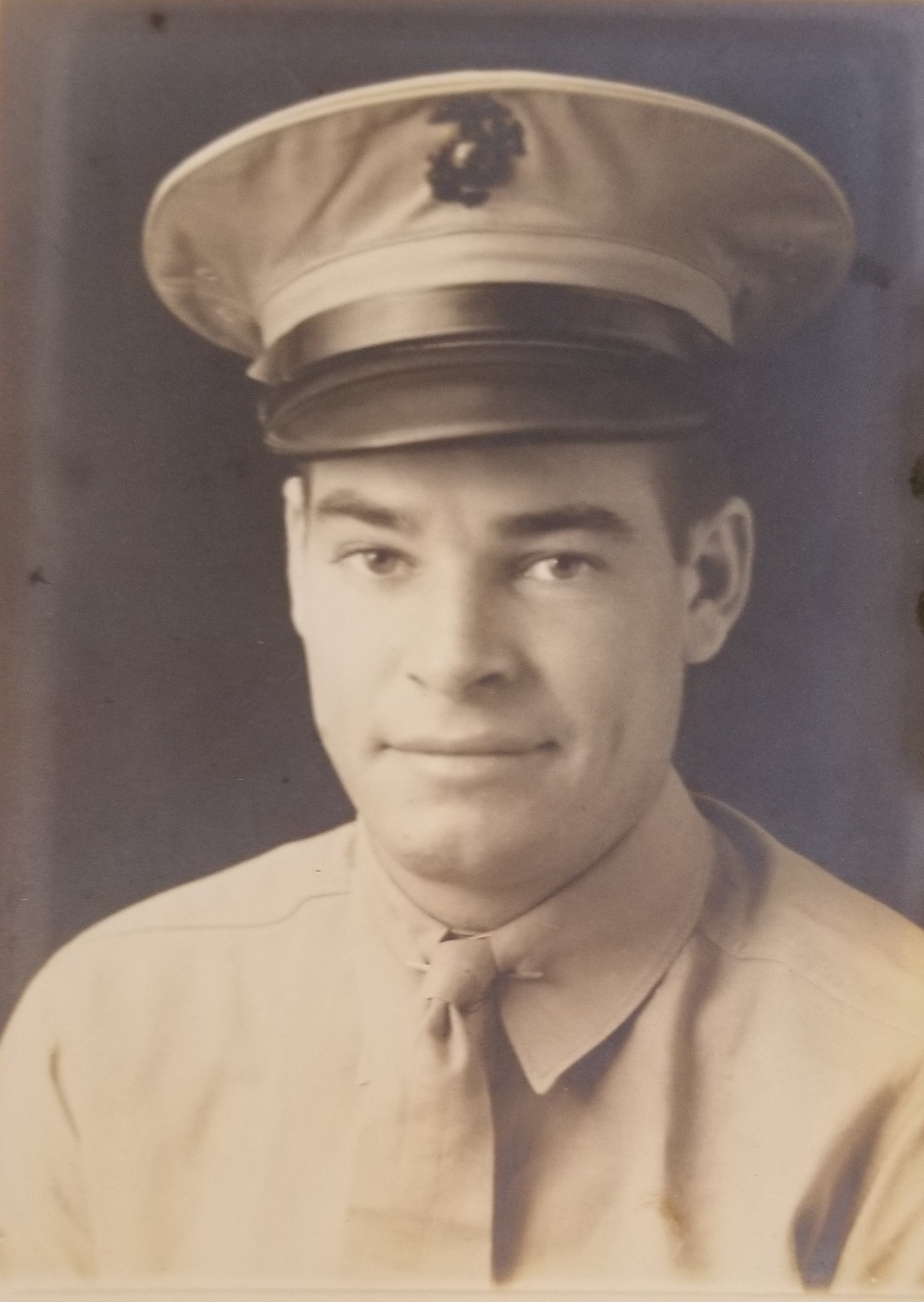
Wilds further stated in that interview that the “only difference I can see is that mine has a lot of shell fragment debris in the picture.” He also said he didn’t want to steal anyone’s thunder or be considered a fake, because that would be the “most embarrassing thing in the world.” He had the original photo’s negative was in the garage somewhere.
The iconic photograph deftly preserves the battle that took 6,800 American lives, including three of the flag-raisers. It speaks of triumph, valor, achievement against insurmountable odds, and camaraderie, sentiments modern Americans seldom experience in 2018.
Keldon Wilds hardly ever spoke about his war years, shrugging off driving an admiral around in a jeep, getting busted to private for socking his sergeant, and rowing out to save drowning sailors in the aftermath of the Pearl Harbor attack. He had no interest in guns or hunting, saying, “I’ve had enough of bloodshed to last me a lifetime.” He served in the Marines for “5 years and 8 months,” and never once shared his precious picture until that day.
For almost forty years, the picture, the negative, his military driver’s license, laundry tickets, and other war memorabilia hid from view in a little box in his garage.
In the 1983 interview, Mrs. Wilds, said, “Just like some paintings, there are some pictures that are immortal. This is one.”
Wilds died peacefully in 1992 at the age of 72. He had suffered at least 3 heart attacks and a major stroke, and fought back to health each time, before succumbing to a final stroke. A warrior to the end. He was buried with full military honors and his widow was given his flag. His flag.
Author’s note: Keldon Wilds was the father of Lottie and Hilda Wilds. We have never found the negative.





